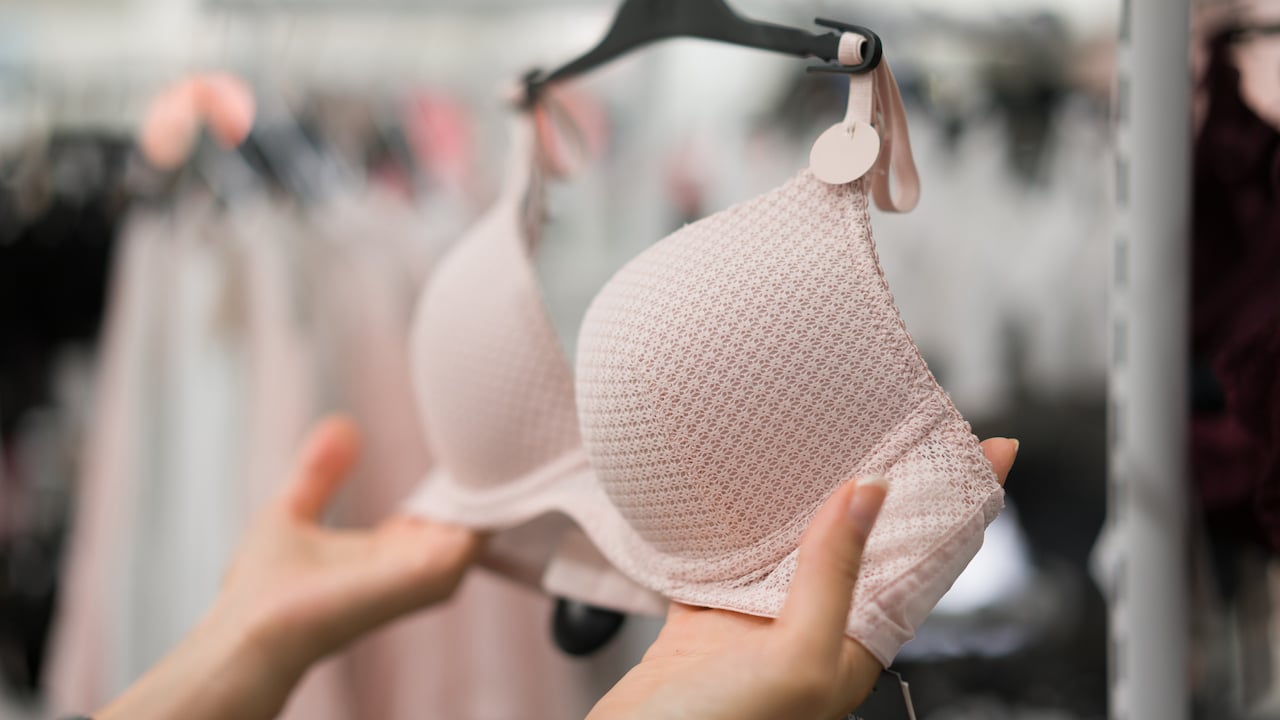This week is Child Passenger Safety Week and we’re here to share some facts you need to know to keep your kids safe in their car seats. Car accidents are the leading cause of death among children in the United States. That is why it’s important to know how to properly install a car seat, choose the right car seat, when to change or toss your car seat, and how your child should fit when seated in it.
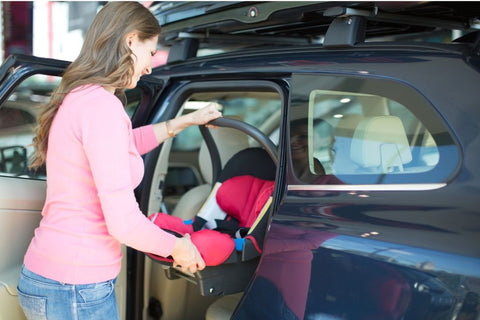
Installing Your Car Seat Correctly
According to findings, nearly 95% of new parents make at least one mistake when installing a car seat. It’s important that once you get your car seat, you read the owner’s manual. You may think you don’t need to or that it’s a bore to read, but these instructions are something you can’t afford to skip if you want your child to be as safe as possible.
If you need help or just want someone to double check you’ve installed your seat correctly, come visit us at The Baby Cubby store. We have certified Child Passenger Safety technicians on staff who have undergone intensive training on car seat safety and are ready to help teach you how to install your car seat correctly. If you’re not near our store, you can find a CPS technician in your state here.
We also have an extensive collection of YouTube videos on how to install different models of car seat that you can use, as well as a general guide on the basics of car seat safety.
A Few Tips:
-
Do the inch test: When properly installed, a car seat shouldn’t move more than one inch (front to back and side to side) when pulled at the seat belt path. This goes for forward-facing and rear-facing car seats.
-
Find the best place: A car seat/booster seat must always be in the back seat. Never put one in the passenger seat. If you have more than one car seat in the back, make sure that you are not affecting the placement of the other seats when installing the new one. You don’t want to force the seats to fit next to each other.
-
Recline it at the correct angle: Most infant car seats are now designed to recline at just the right angle for the infants they’re designed to hold. Even though the most common adjustment is from 30 to 45 degrees, check your car seat’s manual to know for sure how far your baby’s seat should recline.
Find the Right Car Seat
There are three different types of car seats: infant car seats, convertible car seats, and booster seats.
Infant car seats:
A rear-facing infant car seat is made specifically for infants and only faces backwards. It has a base that it can snap in and out of with the push of a button (or can be secured using a seat belt), so you can transport your baby without having to take him or her out of the car seat.
Generally, this type of seat will last a baby from birth to about a year before he or she outgrows its height and weight limits. Once this happens, you’ll have to transition to a convertible car seat with a 5-point harness that has higher weight and height capacities for older babies and toddlers.
Convertible car seats:
Convertible car seats get their name from their ability to be installed rear- or forward-facing, so they can be used from birth through toddlerhood (with some accommodating even older children.) These seats have higher weight and height limits than infant car seats, so they’ll accommodate your baby as he or she grows into a toddler.
Unlike an infant seat, a convertible car seat does not have a base. The seat itself is strapped into your car using either the regular seat belt, or a LATCH system on the car seat. They remain in the car and can’t be used as a carrier or part of a stroller travel system.
A convertible car seat will typically be used for three years or more, and thankfully many seats are now being made to accommodate your growing child. From multiple seat recline positions and adjustable head supports to dual positions for the buckle between the legs, these seats are made to make your child as comfortable and safe as possible.
Some convertible car seats can grow with your child from birth to preschool age, or even up to 100 lbs, transitioning from rear-facing mode to forward-facing mode and into a booster seat.
Booster Seats:
As your little one grows and starts to exceed the height or weight limits of his or her convertible car seat, it is now safe to use the seat belt in your car as the primary safety restraint.
Booster seats are designed to boost your child to a proper height that allows the seat belt to lie along the strongest parts of the body–the sternum, hips, and collar bone. This will provide the most protection in an accident. They also have armrests that keep the lap belt correctly positioned low on the lap rather than riding up on the belly.

The most important thing is to follow the weight and height restrictions for your specific car seat. It can be fatal to put a child that is too small or too big in a seat that doesn’t fit them. Please read your owner’s manual to learn the specifics of the car seat you choose.
Make Sure it Works for Your Car
Surprisingly, not every car seat will fit in your car or work with its type of seat. Make sure the seat you choose fits easily, isn’t too bulky, and can be used correctly and comfortably every time, especially for infant seats you will be loading in and out of the car every day.
Some car seats install better with the seatbelt versus the latch system (or visa-versa). Some car seats install better on the side versus in the middle (or visa-versa). Find out which location in your vehicle is ideal for the car seat you choose.
You can learn even more specifics about finding which car seat is right for you and your child in our Baby Cubby Gear Guides:
Keeping Them Safe in the Car Seat

What to Avoid: Don’t put your child into their seat while they’re wearing bulky clothing or big coats. This can prevent the harness from fitting snugly. It can also cause your child to overheat. You might think it’s okay, but really that bulky coat is storing a lot of air in it, and that keeps the harness from protecting your child like it needs to.
Also avoid unnecessary accessories like strap covers/pads or car seat pillows unless specifically made by the car seat brand for that seat, or is included with the seat. They may be cute, but too much additional padding can alter the harness placement and impair your car seat’s performance. If you want to buy accessories make sure you buy them from the manufacturer.
5-Point Harnesses: A 5-point harness is anchored to the car seat in 5 places (one at each shoulder, one at each hip, and in between the legs). This type of harness gives the most protection for your child.
For a rear-facing car sear, the harness slots will go at or below your kid’s shoulders. For a forward-facing car seat the harness slot will go at or above their shoulders. The 5-point harness chest clip should be placed at the center of their chest so it’s level with your child’s armpits. As your child grows, the harness can be adjusted to sit at the correct spot on your child’s body, and it’s important you keep up with these adjustments. A harness that is too loose, too tight, or misplaced can be dangerous.
When Should Baby Face Forward?
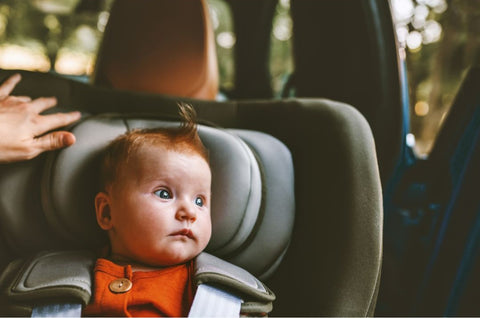
Look at the Weight/Height Restrictions: Each car seat will have a weight and height capacity. It is crucial that you abide by those limits. Don’t just let your kid’s age be an indicator of when to switch, follow the weight/height requirements.
Stay in Rear-Facing Mode as Long as Possible: Try to use a rear-facing seat for 2 or more years. A rear-facing car seat allows your child’s head, neck, and spine to move evenly into the seat. The National Highway Traffic Safety Administration (NHTSA) recommends that children up to 3 years old should stay in a rear-facing car seat until they reach the top height or weight limit suggested by the car seat’s manufacturer.
Remember, while you may feel sorry for your toddler’s cramped legs while they are riding in rear-facing mode, you are actually protecting their head, spine, and neck, which is so much more important!
Other Tips
- Register your car seat with the manufacturer, that way, if there is a problem or a recall with the seat, the brand can contact you.
- Children should ride in the back seat until the age of 12.
- Never leave your kid in a warm or hot car. It will always get hotter in the car than outside. This is a leading cause of death for kids in vehicles.
- Make sure the car seat is locked in case your seat belt doesn’t have an automatic locking mechanism. You can purchase locking clips online.
- Car seats EXPIRE! Car seats, just like many foods, can become potentially dangerous after they expire. And since we’d never recommend that you eat expired meat, we also strongly recommend that you don’t use an expired car seat. Manufacturing standards change over the years, technology advances, and even plastic breaks down over time.
- Should lie across the upper thighs and be snug across the shoulder and chest to restrain your child safely in a crash. It should not rest on the stomach area or across the neck or face.
-
Some hospitals check to see if your car seat is expired before releasing your newborn, so if you are thinking about using an expired one it may cause frustrations while leaving the hospital. We strongly recommend that you don’t purchase a used car seat because you do not know it’s history, and often used car seats have expired. - Be an example to your child not by always wearing your seat belt. Show them that it’s easy, not an “unnecessary chore” , and it can save your life.
- In a booster seat, the belt should lie across the upper thighs and be snug across the shoulder and chest to restrain your child safely in a crash. It should not rest on the stomach area or across the neck or face.
If you’re becoming a first-time parent, you may feel like time is passing too quickly and that baby will be here before you know it. You have what feels like a million things to do before their arrival: washing their clothes, preparing their nursery, setting up their rocker, and more. While all of those things are fun, nothing will come close to the importance of knowing how to install their car seat correctly and how to keep them safe while riding in it.
We’re here to help you along the way! Read up on our Gear Guides or contact us to consult with a CPS tech. The Baby Cubby is here to ensure you and your baby have a happy and healthy journey together!

 PARENTING TIPS
PARENTING TIPS







 PREGNANCY
PREGNANCY

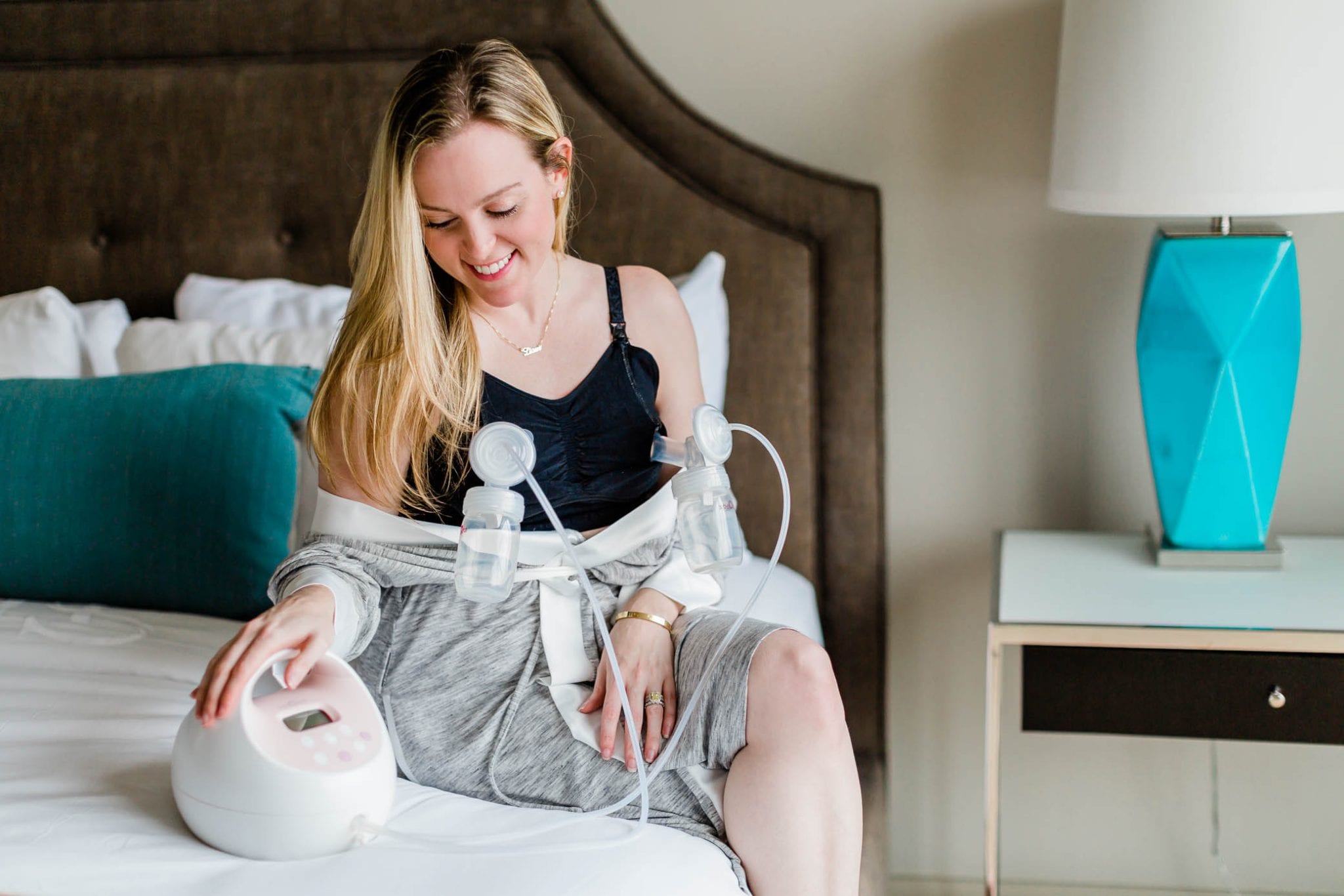






 BABY CARE
BABY CARE








 TODDLERS
TODDLERS








 TEENS
TEENS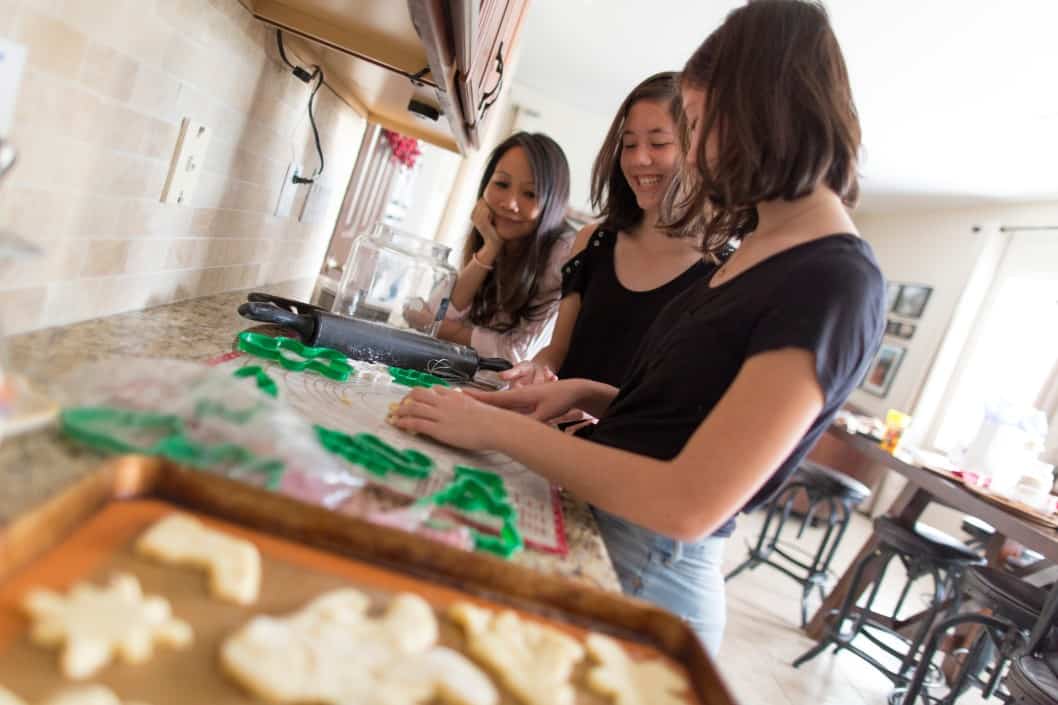








 HEALTH CARE
HEALTH CARE

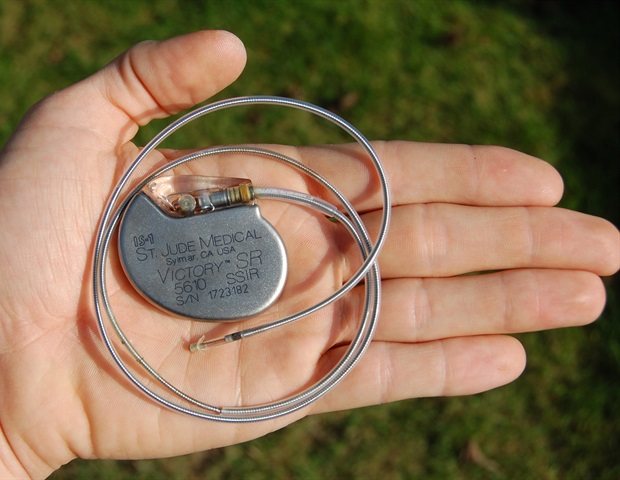





 ACTIVITIES & CRAFTS
ACTIVITIES & CRAFTS








 CONTACT
CONTACT ABOUT
ABOUT

